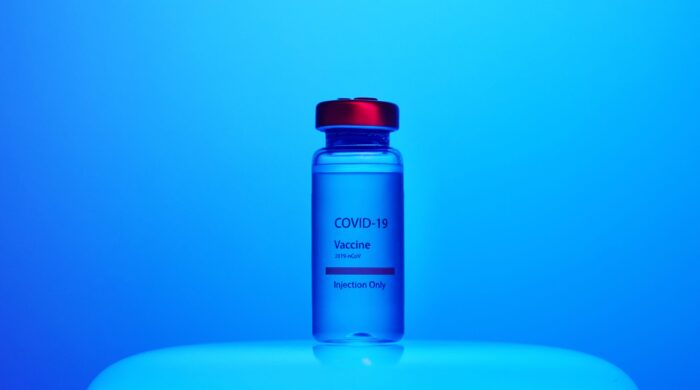Originally published January 2021
The news continues to buzz with updates about the COVID-19 vaccine. Because the volume of information can be overwhelming, we’ll use this post to clarify the facts and provide the most current information possible.
Priority Groups and CDC Recommendations
The first question most people are asking is, “When will it be my turn to get the vaccine?” As of December 2020, the Advisory Committee on Immunization Practices (ACIP) has recommended that the first two groups to receive the FDA-approved vaccine be:
- Essential healthcare workers (such as doctors and nurses on the front lines of the pandemic who are most likely to be exposed to and potentially spread the virus).
- Adult residents in long-term care facilities who are unable to live independently.
These determinations were made to:
- Prevent death and serious illness as much as possible
- Preserve the functioning of society
- Reduce the burden the disease places on those who already face disparity; and
- Increase the chance for all to enjoy health and well-being.
After those first two groups are vaccinated, the next groups include those who work in critical and essential industries, people with certain underlying medical conditions that put them at a greater risk of contracting the virus, and those with an advanced age who are more vulnerable.
When more vaccine doses are available, teachers, transportation and retail workers, those in food production and service, children, those who live in shelters, or who have other risk factors, will be next.
In the final phase, the general population with no additional risk factors will be vaccinated.
Effectiveness Rate and Side Effects
Early reports indicate that the approved vaccines have a 95% effectiveness rate in preventing the recipients from contracting COVID-19. Additional research indicates that those vaccinated may also avoid getting seriously ill even if they never get COVID-19 as a result of the doses. Plus, the vaccine could help prevent higher-risk individuals who you come in contact with in daily life from getting the disease.
Many who have reservations about getting the vaccine fear the potential side effects, but the good news is that for those in the trials, the side effects weren’t severe and not everyone experienced them.
Some side effects reported were:
- Fatigue
- Muscle aches
- Injection site pain
- Redness on skin around injection site
- Joint pain
- Headaches
It’s important to note that none of these side effects were long-term and all resolved naturally after a few days. Plus, minor side effects are very common with effective vaccines such as the flu shot and the shingles immunization, so a bit of discomfort shouldn’t deter anyone from getting the COVID-19 vaccine.
Another interesting detail is that younger patients reported more side effects than their older counterparts during the clinical trials. Researchers believe this could be due to the declining immune response in senior citizens.
Life After Vaccine is Administered
Once a patient gets the vaccine, they should report any side effects to the facility where they were immunized. In addition, because it takes weeks for the body to build up the immunities necessary to fight COVID-19, all of the pre-vaccine precautions such as frequent hand-washing, mask wearing and social distancing should still be observed.
There is a window of time, even with an effective vaccine, when you could be susceptible to catching the virus before your body is completely equipped to fight it. A timeline should be provided by your healthcare professional wherever you get the vaccine.
Schedule an Appointment
If you have questions about the COVID vaccine and would like to see a medical professional, schedule an appointment with a provider at Western Washington Medical Group Family Practice.
With facilities in Arlington, Everett, Lake Serene, Marysville and Snohomish, you can choose the location nearest you.
